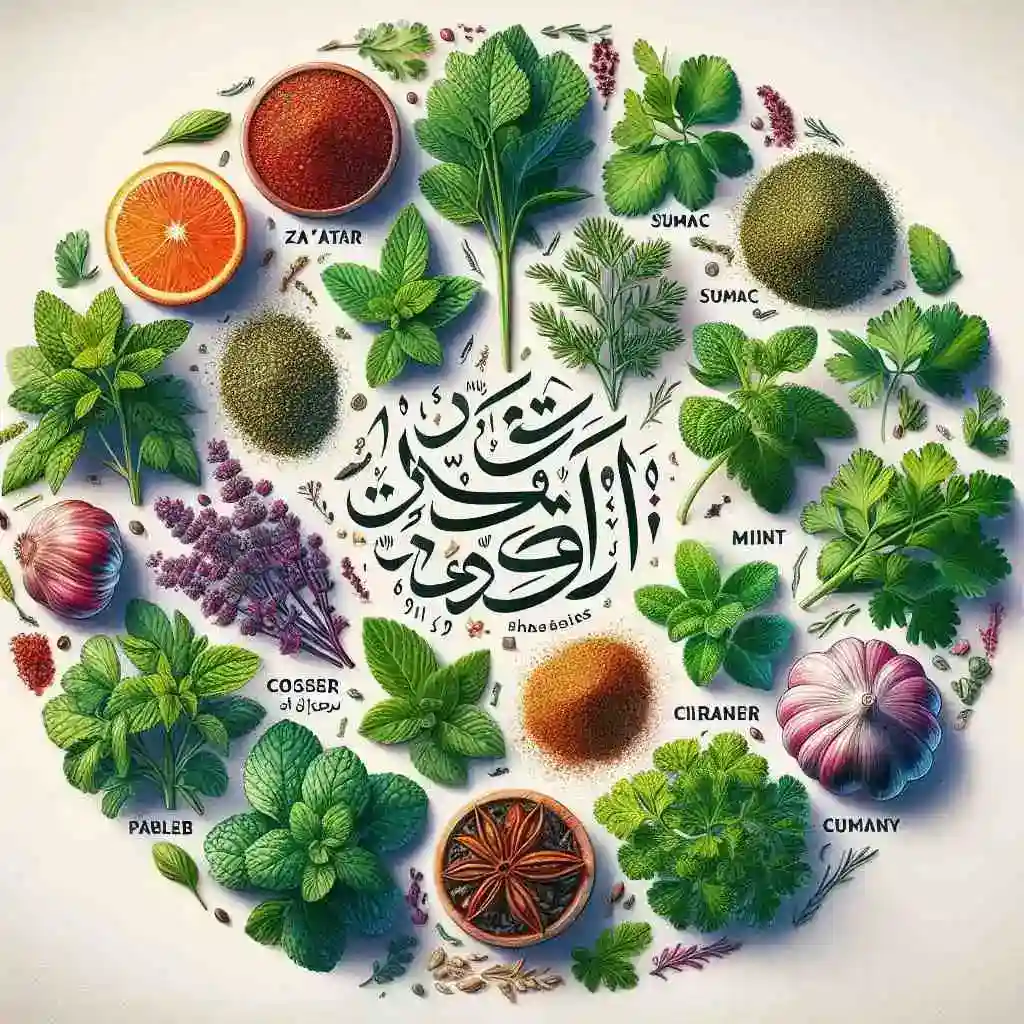Are you intrigued by the idea of learning the Arabic language, but hesitant to dive in due to its perceived complexity? You’re not alone. Many individuals, from language enthusiasts to professionals, have grappled with the question: “Is Arabic hard to learn?”.
Arabic is often considered a complex language, but with the right approach and resources, it’s entirely possible to learn Arabic and achieve proficiency. Whether you’re a beginner looking to dive into the Arabic language or an experienced learner seeking to enhance your skills, this article will equip you with the knowledge and tools to overcome the challenges and unlock the beauty of the Arabic language.
we’ll delve into the Arabic language complexity, the unique writing system, the pronunciation challenges, the intricacies of Arabic grammar, and the strategies for effective vocabulary acquisition. We’ll also explore the regional dialects and the wealth of language-learning resources available to support your journey.
Key Takeaways
- Arabic is often perceived as a complex language, but with the right approach and resources, it can be learned effectively.
- Understanding the factors that contribute to the perceived difficulty, such as the writing system, pronunciation, and grammar, is crucial for developing a successful learning strategy.
- Leveraging language-learning tools, immersion opportunities, and consistent practice can help overcome the challenges of learning Arabic.
- Embracing the regional dialects and cultural nuances can enhance your ability to communicate effectively in diverse contexts.
- With dedication and the right mindset, anyone can embark on a rewarding journey of mastering the Arabic language.
Arabic is a Semitic language that holds significant importance in the modern world. With over 300 million native speakers and the official language in more than 20 countries, Arabic is not only a means of communication but also a language deeply rooted in rich cultural and religious traditions.
Arabic Language Structure
Understanding the structure of the Arabic language, including its unique script, pronunciation, and grammatical complexities, is essential for navigating the journey of learning this captivating language. From the 28 letters of the Arabic alphabet to the intricate vowel patterns and sentence structures, the language presents a unique set of challenges that, when addressed with dedication and the right resources, can be overcome by aspiring learners.
Why is Arabic Hard to Learn For Many People ?

The perceived difficulty of learning Arabic can vary depending on several factors, including an individual’s native language background and the approach they take to the learning process.
Native Language Background
Learners with languages that share similarities with Arabic, such as other Semitic languages, may find certain aspects of the language more manageable. For instance, individuals fluent in Hebrew or Aramaic may find the Arabic script and grammar structure more intuitive, giving them a natural advantage in the learning process.
Learning Approach and Resources
In addition to one’s native language, the availability and quality of learning resources, as well as the learner’s dedication and learning strategies, can significantly impact the overall difficulty of mastering Arabic. Learners who have access to comprehensive textbooks, interactive online courses, and immersive language-learning opportunities may find the journey more accessible than those without such resources. Moreover, a learner’s willingness to practice consistently, engage in conversation, and embrace the cultural nuances of the language can greatly enhance their progress and proficiency.
| Factors | Impact on Learning Difficulty |
|---|---|
| Native Language Similarities | Learners with Semitic language backgrounds may find certain aspects of Arabic more manageable. |
| Learning Resources | Availability and quality of textbooks, courses, and immersive opportunities can facilitate the learning process. |
| Learner Dedication | Consistent practice, engagement, and cultural immersion can enhance proficiency and reduce perceived difficulty. |
The Arabic Writing System
One of the most significant challenges in learning Arabic is the unique writing system. The Arabic alphabet, known as the Abjad, consists of 28 letters, each with its own distinct form and function. Understanding the nuances of the alphabet, such as letter shapes, diacritical marks, and the right-to-left writing direction, requires dedicated practice and patience. Mastering the Arabic writing system lays the foundation for developing proficiency in reading, writing, and comprehending the language.
the Arabic Alphabet
The Arabic alphabet is a fascinating and intricate system that sets the language apart from many others. Each letter in the Abjad has a unique shape that can change depending on its position within a word. Learners must familiarize themselves with the individual letter forms, their sounds, and the rules governing their usage. This process involves understanding the various diacritical marks, such as vowel signs and accent marks, which provide crucial information about pronunciation and inflection.
Right-to-Left Writing Direction
Another distinctive feature of the Arabic writing system is the right-to-left direction. This orientation is the opposite of the left-to-right direction common in many Western languages, and it can take time for learners to adjust. Mastering the right-to-left writing direction is essential for fluent reading, writing, and understanding the flow of Arabic text. Consistent practice and the development of muscle memory are key to navigating this unique aspect of the language.
Arabic Pronunciation Challenges
Mastering Arabic Grammar
The grammatical complexity of the Arabic language is often cited as one of the most daunting aspects for learners. Navigating the intricacies of verb conjugations, tenses, case endings, and word agreement can be a formidable task. Additionally, the sentence structure and word order in Arabic differ significantly from many Western languages, adding another layer of complexity. Developing a solid understanding of Arabic grammar is essential for accurate and fluent communication.
Verb Conjugations and Tenses
The Arabic language boasts a rich and intricate verb system, with numerous conjugations and tenses that must be mastered. Learners must familiarize themselves with the various verb forms, including the singular, dual, and plural, as well as the different tenses, such as past, present, and future. Mastering the nuances of verb conjugations is crucial for constructing grammatically correct sentences and expressing a wide range of ideas and emotions.
Case Endings and Word Agreement
Another key aspect of Arabic grammar is the concept of case endings and word agreement. In Arabic, nouns, adjectives, and pronouns must agree in terms of case, number, and gender. Learners must develop a keen eye for identifying and applying the appropriate case endings to ensure proper word agreement within a sentence. This attention to detail is essential for clear and unambiguous communication.
Sentence Structure and Word Order
The sentence structure and word order in Arabic differ significantly from many Western languages. While English follows a subject-verb-object (SVO) pattern, the standard word order in Arabic is verb-subject-object (VSO). Mastering this unique sentence structure, including the placement of elements like nouns, verbs, and adjectives, is crucial for constructing grammatically correct and idiomatic Arabic sentences.
Is Arabic Hard to Learn For Beginners?

While Arabic is often perceived as a challenging language to learn, the degree of difficulty can vary depending on the individual’s circumstances and approach. Factors such as the learner’s native language, exposure to the language, learning resources, and personal motivation can all play a significant role in determining the difficulty.
Factors Contributing to the Perceived Difficulty
One of the primary reasons Arabic is often considered a challenging language to learn is its unique writing system, which utilizes a script that is written from right to left. Additionally, the language features a complex grammar structure, with intricate verb conjugations, case endings, and word agreement rules that can be daunting for learners. The presence of various regional dialects, each with their own variations in vocabulary, pronunciation, and grammar, can also add to the perceived difficulty of mastering the language.
Strategies for Effective Language Acquisition
with the right strategies, learners can overcome the challenges and develop a strong foundation in Arabic. Consistent practice, the use of language-learning tools and resources, and immersion in the language through conversation, reading, and writing can all be effective approaches. Developing an understanding of the language’s root system and word patterns can also help accelerate vocabulary acquisition, while a willingness to embrace the cultural and linguistic nuances of Arabic can deepen the learning experience.
By approaching the language with dedication, patience, and a growth mindset, learners can unlock the richness and beauty of the Arabic language, regardless of their initial perceived difficulty. With the right support and resources, the journey of mastering Arabic can be a rewarding and fulfilling experience.
Building Arabic Vocabulary
Building a robust Arabic vocabulary is crucial for effective communication and comprehension. The language’s unique root system and word patterns can be both a blessing and a challenge. By understanding the root-based structure of words, learners can develop strategies to expand their vocabulary more efficiently.
Root System and Word Patterns
The Arabic language is built upon a system of three-consonant roots, known as the triliteral root. These roots form the foundation for a vast network of related words, each with its own unique meaning and grammatical form. Mastering the art of deciphering these root patterns can unlock the ability to quickly recognize and comprehend new vocabulary.
Incorporating Vocabulary into Daily Practice
Incorporating new vocabulary into daily practice is essential for solidifying language acquisition. Activities such as reading, writing, and engaging in conversational exercises can reinforce the retention and application of newly learned words. By immersing themselves in the language through these practical tasks, learners can seamlessly integrate new vocabulary into their active language usage.
| Vocabulary Building Strategies | Benefits |
|---|---|
| Identifying Root Patterns | Enables efficient vocabulary expansion by recognizing word derivations |
| Consistent Reading and Writing Practice | Reinforces vocabulary retention and fluency in practical usage |
| Engaging in Conversational Exercises | Facilitates the application of vocabulary in real-world communication |
| Utilizing Language Learning Apps and Resources | Provides interactive and personalized vocabulary development opportunities |
Arabic Dialects and Regional Variations
Another aspect that can contribute to the perceived difficulty of learning Arabic is the existence of various regional dialects. While Modern Standard Arabic (MSA) is the formal, standardized version used in literature, media, and education, there are numerous spoken dialects that differ in vocabulary, grammar, and pronunciation. Understanding the differences between MSA and the diverse spoken dialects is essential for navigating the complexities of the Arabic language and communicating effectively in different contexts.
Modern Standard Arabic vs Spoken Dialects
Modern Standard Arabic (MSA) is the written and formal version of the language, used in official contexts, media, and education. It serves as a unifying language across the Arab world, allowing for clear communication and mutual understanding. However, in everyday speech, people often use regional dialects that can vary significantly from MSA in terms of vocabulary, grammar, and pronunciation.
| Characteristic | Modern Standard Arabic (MSA) | Spoken Dialects |
|---|---|---|
| Vocabulary | More formal and literary | More colloquial and region-specific |
| Grammar | Follows strict grammatical rules | May have simplified or altered grammatical structures |
| Pronunciation | Adheres to standard phonetic rules | Varies based on regional accents and dialects |
| Usage | Primarily used in formal settings, media, and education | Commonly used in everyday conversations and informal contexts |
Mastering both MSA and the diverse spoken dialects can be a significant challenge for Arabic learners. While MSA provides a solid foundation for understanding the language, being able to navigate the various regional dialects is crucial for effective communication in a wide range of social and professional settings.
Learning Resources for Arabic Learners

Fortunately, there are numerous resources available to support learners on their journey of mastering the Arabic language. From online courses and language-learning apps to language exchange programs and immersion opportunities, aspiring Arabic speakers can access a wealth of tools and experiences to enhance their skills. By leveraging these resources and tailoring their learning approach, individuals can overcome the perceived difficulty and unlock the richness of the Arabic language.
Online Courses and Language Apps
The digital age has brought about a multitude of online courses and language-learning applications that cater to the needs of Arabic students. Platforms like Rosetta Stone, Duolingo, and Babbel offer interactive lessons, vocabulary builders, and gamified exercises to help learners improve their reading, writing, and conversational abilities. These resources provide the convenience of self-paced learning and the flexibility to fit language study into busy schedules.
Language Exchange Programs and Immersion Opportunities
For those seeking more immersive learning experiences, language exchange programs and opportunities for cultural immersion can be invaluable. Through platforms like Conversation Exchange and Meetup, learners can connect with native Arabic speakers who are interested in practicing their language skills and learning about different cultures. Participating in language exchange sessions, language cafes, or even traveling to Arab-speaking countries can significantly enhance one’s proficiency and cultural understanding.
Key Takeaways
while the Arabic language may initially appear challenging, it is entirely possible to learn and master it with the right mindset, resources, and strategies. By understanding the factors that contribute to the perceived difficulty, learners can develop effective approaches to navigate the unique writing system, pronunciation, grammar, and vocabulary.
With dedication, persistence, and a willingness to embrace the language’s cultural and linguistic nuances, anyone can embark on a rewarding journey of learning and speaking Arabic. By embracing the complexities, learners can unlock the doors to a world of diverse opportunities and cultural understanding.
Whether you are a beginner seeking to dive into the Arabic language or an experienced learner looking to enhance your skills, the resources and strategies outlined in this article can guide you towards achieving your language goals. Remember, with the right approach and a genuine passion for learning, the perceived difficulty of Arabic can be overcome, allowing you to unlock the beauty and richness of this captivating language.
FAQ
Is Arabic a difficult language to learn?
The difficulty of learning Arabic can vary depending on several factors, such as an individual’s native language background, learning approach, and access to quality resources. While Arabic is often perceived as a complex language, with the right strategies and dedicated practice, it is entirely possible to master it.
What makes the Arabic language challenging for beginners?
Some of the key factors that contribute to the perceived difficulty of learning Arabic include the unique writing system, unfamiliar sounds and vowel patterns, complex grammar with verb conjugations and case endings, and the differences between Modern Standard Arabic and regional dialects.
How can learners overcome the challenges of learning Arabic?
Effective strategies for learning Arabic include immersing oneself in the language, using a variety of learning resources (such as online courses, language apps, and language exchange programs), practicing regularly, and developing a solid understanding of the language’s structure, including its writing system, pronunciation, and grammar.
Is it necessary to learn Modern Standard Arabic or can I focus on a specific dialect?
While Modern Standard Arabic (MSA) is the formal, standardized version of the language used in literature, media, and education, it’s also important to understand the regional dialects. Depending on your goals and the context in which you plan to use Arabic, you may choose to focus on MSA, a specific dialect, or a combination of both.
What are some effective resources for learning Arabic as a beginner?
Beginner Arabic learners can benefit from a variety of resources, including online language courses, mobile apps, language exchange programs, and immersion opportunities such as language schools or study abroad programs. Additionally, finding a qualified tutor or joining a local Arabic language group can provide valuable support and practice.
How long does it typically take to become proficient in Arabic?
The time required to become proficient in Arabic can vary significantly depending on factors such as the learner’s prior language experience, the intensity of their study, and their exposure to the language. While some individuals may achieve basic proficiency in a matter of months, attaining a high level of fluency in reading, writing, and speaking Arabic often requires several years of dedicated study and practice.



